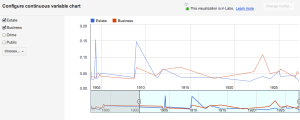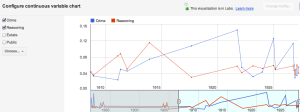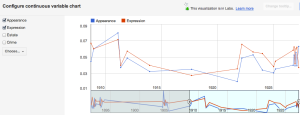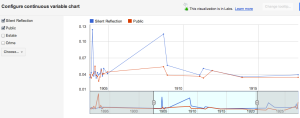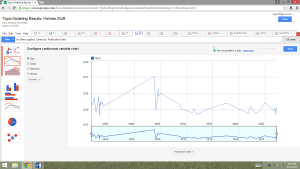It’s difficult for me to narrow down how much I’ve learned this semester about Digital Humanities. I guess I’ll choose my good examples from my favorite topics: archives, wordclouds, and topic modeling:
With archives like the Old Bailey, data can be easily accessible online. So so so much data, including books, photos of paintings, sound bits, video, and et cetera. It’s not just digitally scanned documents anymore. You no longer have to travel to some dark basement or well established college in England to see the original paper documents– they are scanned for you, ready to be read. Although physicality is still important, digital archives offer ways to the general public to access once hidden and/or difficult to study materials. Problems concerning this access and what gets put up online are certainly an issue, but digital archives allow scholars and non scholars alike to access things… Which is pretty neat.

The Old Bailey Proceeding site is easy to navigate, offering plenty of instructive videos on the search functions. Huge plus, especially given how much info there is. It also provides illustrations pertaining to the Old Bailey’s history, in paintings or photographic form. The graphic design choices remain uniform and pertinent to the topics at hand. If you are interested, the site allows you to look at original copies of some proceedings. Also, all the data is cited, a number one rule. Continue reading



